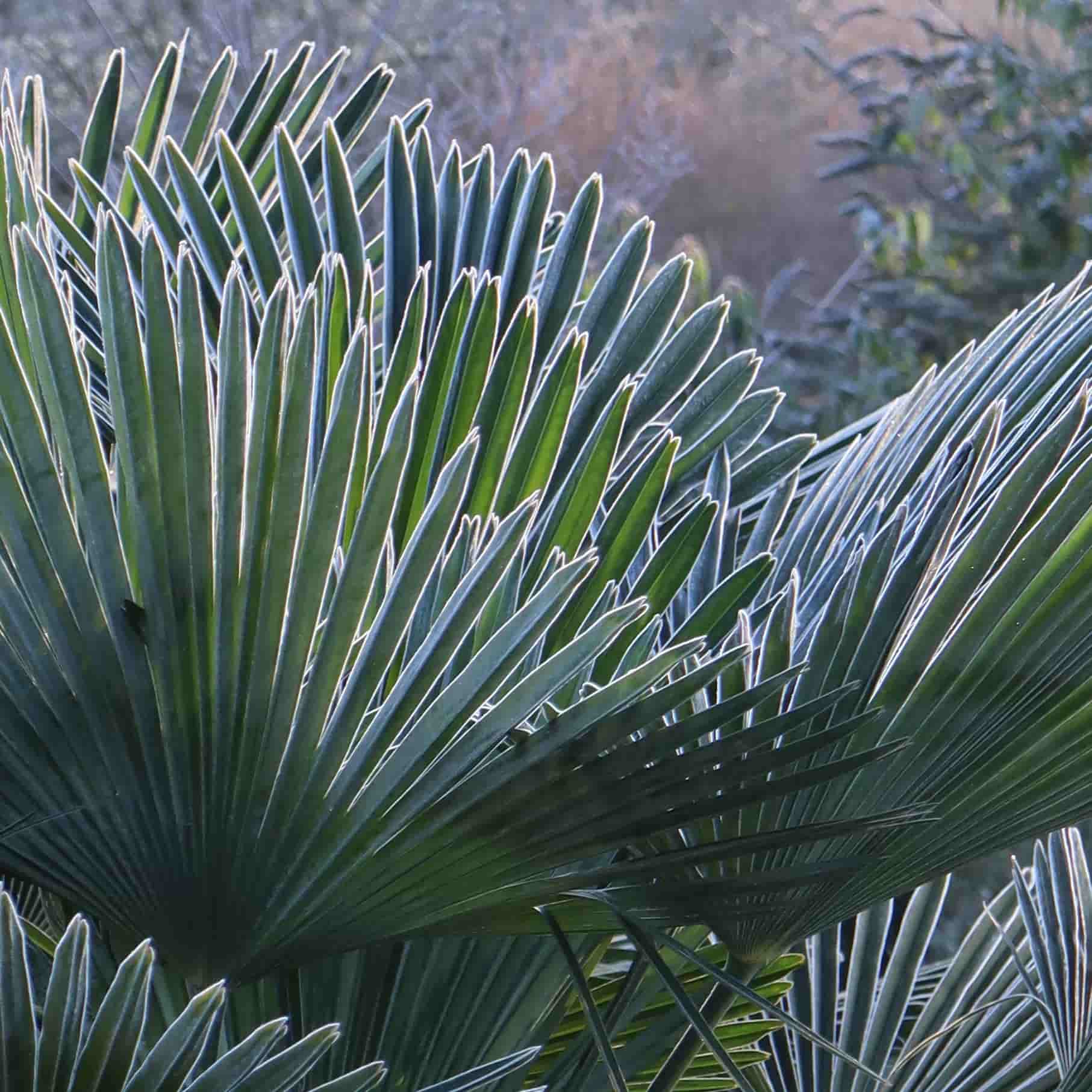
The various subspecies of Trachycarpus fortunei: which subspecies are there, and what are the differences?
Trachycarpus fortunei is a beautiful palm tree species that is known as the Chinese windmill palm. It is popular in landscaping, as it is a hardy palm and resistant against more extreme weather circumstances. There are various species of Trachycarpus available, each with their own unique characteristics and specifications. In this blog, we will tell you about the various different Trachycarpus fortunei available and what their differences are.
Trachycarpus fortunei 'wagnerianus', often simply called Trachycarpus wagnerianus, is a compacter variety of Trachycarpus fortunei. This palm tree has shorter, stiffer and sturdier leaves than the regular Trachycarpus fortunei. That makes it even more resistant against severe winds, as the leaves are less likely affected. Trachycarpus fortunei is, due to its smaller leaves, also more suited for smaller gardens.
Trachycarpus fortunei 'Nova'
Trachycarpus fortunei 'Nova' is a variety of Trachycarpus fortunei that originates in India. This palm tree has smaller and more elegant leaves than Trachycarpus fortunei. The trunk of Trachycarpus fortunei Nova is also more slender and upright than that of a regular Trachycarpus fortunei. This variety is an excellent choice if you are looking for even more elegance.
Trachycarpus fortunei Winsan
Trachycarpus fortunei Winsan is a variety of Trachycarpus fortunei with 360 degrees (completely circular) leaves. They tend to have larger flowers. Trachycarpus fortunei Winsan also has a thinner trunk than regular Trachycarpus fortunei. This variety is well suited for larger gardens and parks, both in open ground and in a container.
Trachycarpus fortunei 'Naini Tal'
Trachycarpus fortunei 'Naini Tal' is a variety of Trachycarpus fortunei that originates in China, near the area where Trachycarpus princeps can be found. They have leaves that are stiffer than regular Trachycarpus fortunei. The trunk of a Naini Tal tends to be thicker and more robust as well. It is a variety commonly used for landscaping in colder and windier climates.
Maintaining Trachycarpus Fortunei
If you are interested in taking care of a Trachycarpus fortunei, then it would be good to remember that it thrives best in a sunny or half shady spot and in well drained soil. Ensure regular watering, especially during dry periods. Fertilizer the palm tree multiple times throughout the year, especially right after the last frost. With the right care, a Trachycarpus fortunei can grow and flower for many years and reach impressive ages.
Conclusion
Trachycarpus fortunei is a beautiful palm tree species that is available in various varieties. Each of these varieties has each own unique characteristics and specifications, making them versatile. You will find a fitting Trachycarpus fortunei for literally any style and environment. Whether you are looking for a palm tree for a smaller garden or looking for a robust palm tree for a park or large, open space, you can find a Trachycarpus fortunei that fits your needs.
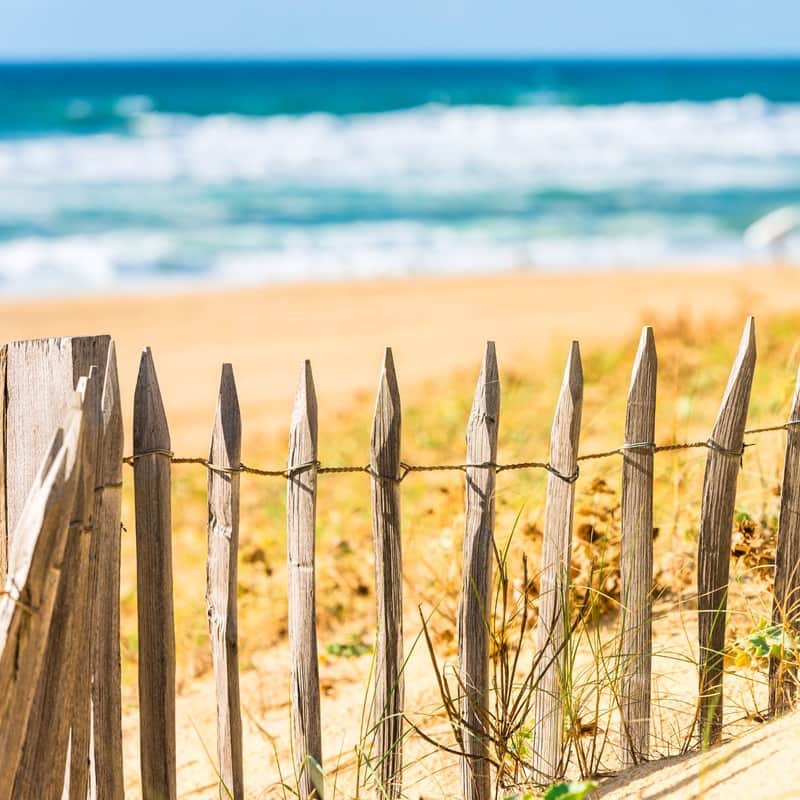
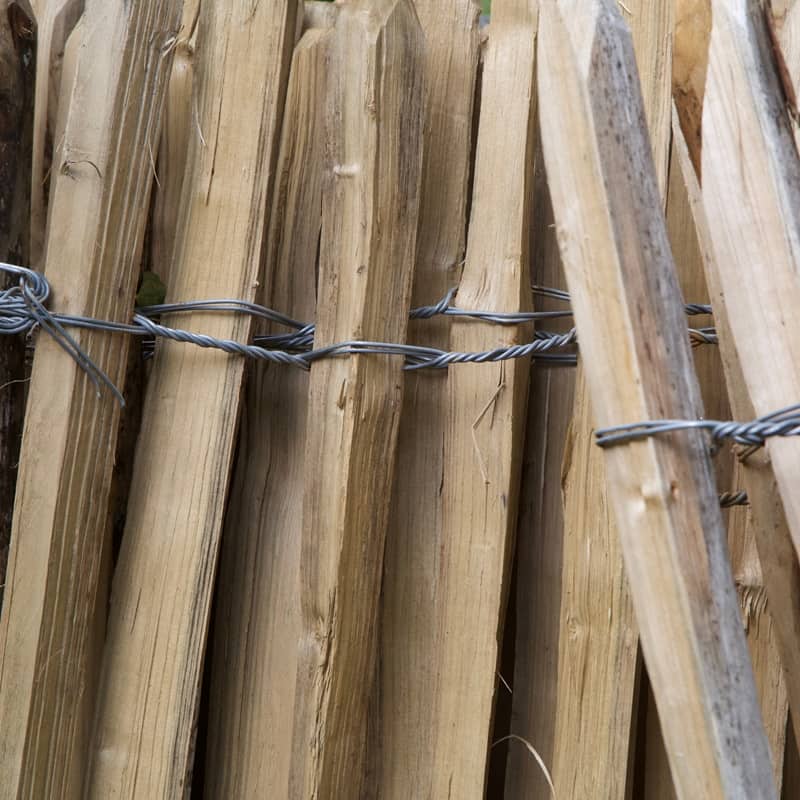
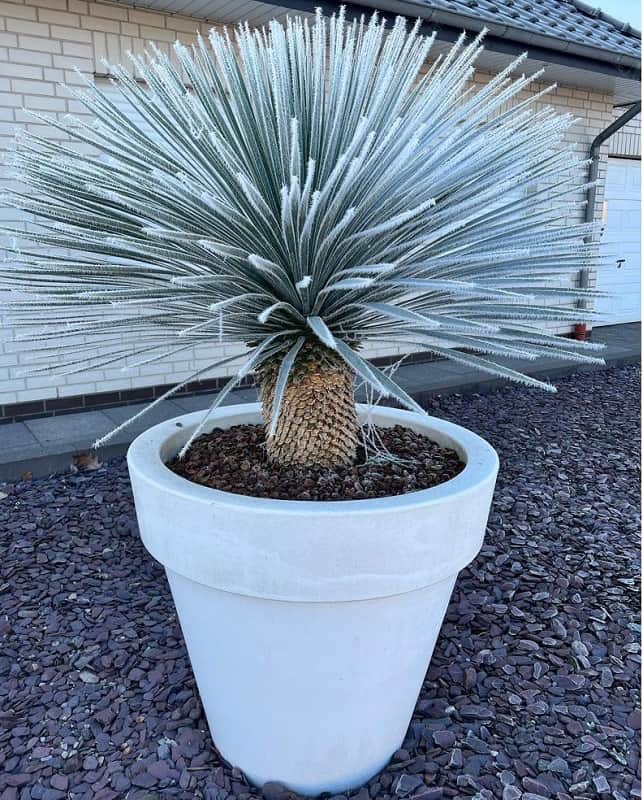
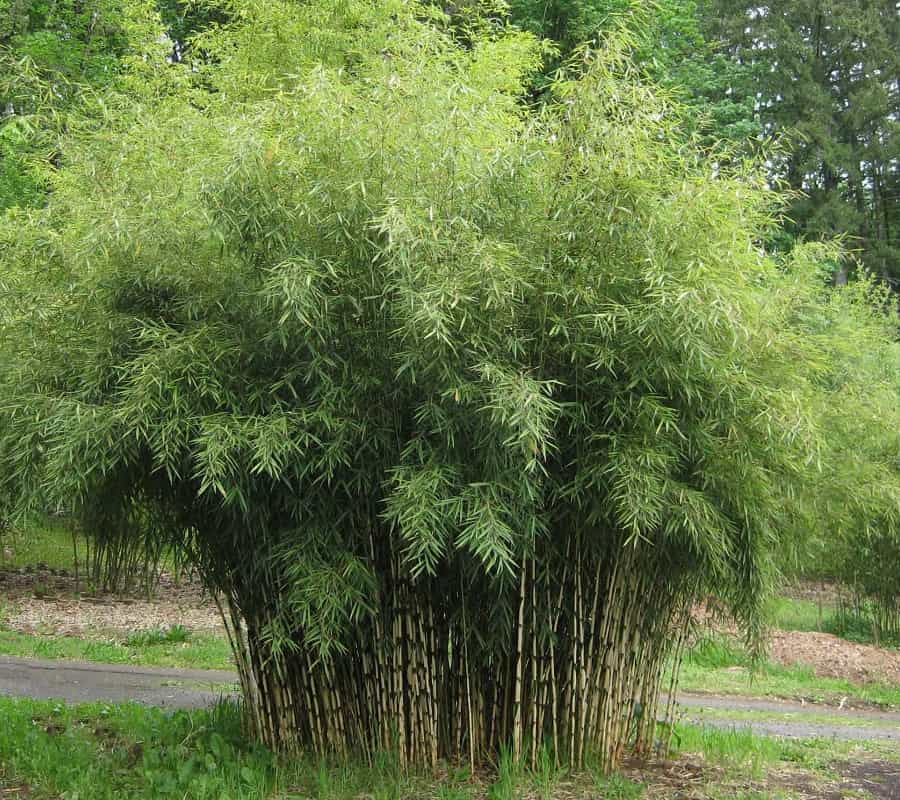
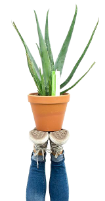
Comments (1)